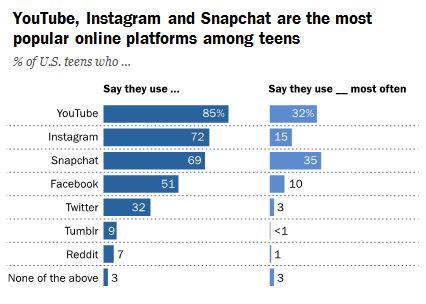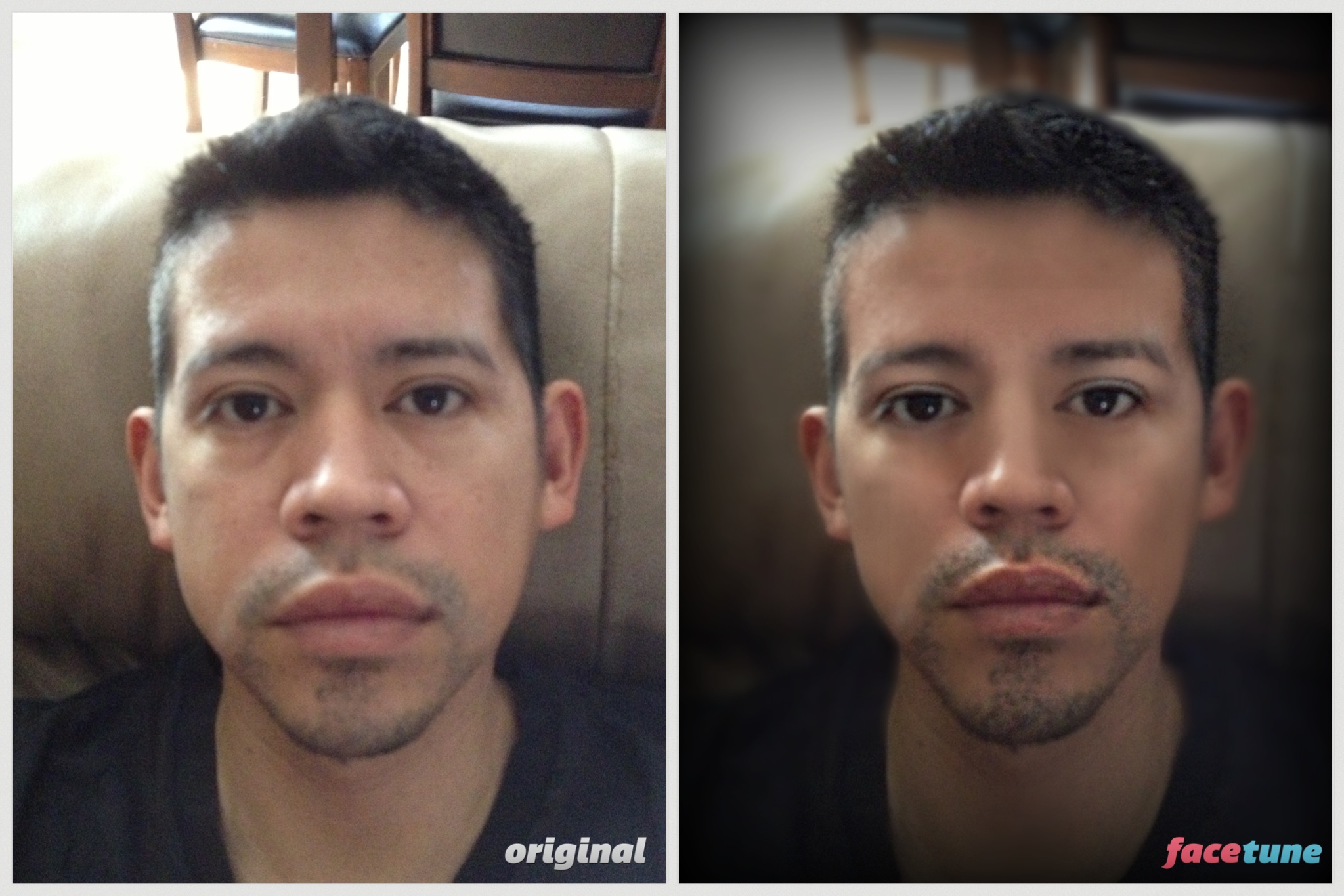Published by Sarah Pinsky
Read Part 1 of Intern Sarah Pinsky’s blog post here: https://imss.org/2019/10/01/plastic-surgery-of-past-and-present-part-1/
Plastic Surgery in the Age of Social Media
It used to be that plastic surgery was something that people might consider in middle age, but seldom admit to. Now, people as young as teenagers are getting cosmetic procedures such as botox, breast augmentation, facial surgery, and liposuction, among others. According to the American Society of Plastic Surgeons, 229,000 cosmetic procedures were performed on teens ages 13-17 in 2017 [2]. In addition, this new generation of cosmetic surgery patients is radically transparent about their procedures [8]. People as young as 16 are getting dermal fillers in their lips, jaws, and foreheads. Moreover, this has become normalized with people announcing their procedures on social media platforms such as Youtube and Instagram [8].

Social media has also heavily influenced plastic surgery because we live in an age where our own images are public to thousands of people online. While humans have always cared about their appearance, never before has our appearance been so visible to the global population. In recent years patients have been seeking out plastic surgery in order to look better in photos on social media. The 2017 Annual American Academy of Facial Plastic and Reconstructive Surgery survey identified this new trend and 42% of surgeons reported that their patients request surgery to improve their appearance in photos [1&5]. As of 2018, that number had increased to 55% and is expected to continue rising. There are also an increasing percentage of patients who share their surgical processes and results on social media [1].
Before the invention of social media app filters like Snapchat and Facetune, patients would more commonly use images of celebrities during their surgical consultations, rather than edited images of themselves. Now, patients bring in filtered selfies, requesting to become edited versions of themselves with fuller lips, slimmer faces, and bigger eyes. This new phenomenon has been called “Snapchat dysmorphia” and it is a growing issue. According to Dr. Neelam A. Vashi, Director of Boston University’s Cosmetic and Laser Department, “this is an alarming trend because those filtered selfies often present an unattainable look and are blurring the line of reality and fantasy for these patients” [1].

Online Photo. Flickr https://www.flickr.com/photos/danielflaco/8541475631/
It is a fact that the majority of young people are on social media, and social media influences people’s desire for plastic surgery. It, therefore, makes sense that the current demographics of plastic surgery patients are younger than ever. According to an ABC News report, 90% of U.S teens have posted selfies online [4]. Social media platforms allow users to alter their appearances, redefining the meaning of beauty in today’s society. This new standard of beauty is altered, unrealistic and unattainable. While some filters are clearly an exaggeration, others that are more subtle can pressure users to look like the filtered, unrealistic versions of themselves. “It can be argued that these platforms are making us lose touch with reality because we expect to look perfectly primped and filtered in real life as well.” [1].
Check out Shan Boodram’s vlog post “My Plastic Surgery Story” where she describes how her experience with social media influenced her to consider plastic surgery:
Works Cited:
1. Rajala S, Maymone MBC, Vashi NA. “Selfies—Living in the Era of Filtered Photographs.” JAMA Facial Plast Surg. 2018;20(6):443–444. [doi:10.1001/jamafacial.2018.0486]
2. American Society of Plastic Surgeons. “American Society of Plastic Surgeons Weighs in On Growing Popularity of Teen Plastic Surgery.” American Society of Plastic Surgeons, American Society of Plastic Surgeons, 22 Aug. 2018. [https://www.plasticsurgery.org/news/press-releases/american-society-of-plastic-surgeons-weighs-in-on-growing-popularity-of-teen-plastic-surgery.]
3. Furnham, Adrian, and James Levitas. “Factors That Motivate People to Undergo Cosmetic Surgery.” The Canadian Journal of Plastic Surgery = Journal Canadien De Chirurgie Plastique, Pulsus Group Inc, 2012. [https://www.ncbi.nlm.nih.gov/pmc/articles/PMC3513261/]
4. News, ABC. Extreme Makeover: Plastic Surgery for Better Selfies? 22 Apr. 2014.
5. Dorfman R, Vaca E,Mahmood E, Fine N, Schierle C. Plastic Surgery-Related Hashtag Utilization on Instagram: Implications for Education and Marketing, Aesthetic Surgery Journal, Volume 38, Issue 3, 2018, Pages 332–338. [https://doi.org/10.1093/asj/sjx120]
6. Wu, Cindy. “Commentary on: An Analysis of Plastic Surgeons’ Social Media Use and Perceptions.” Aesthetic Surgery Journal, vol. 39, no. 7, Mar. 2018, pp. 803–805. [doi:10.1093/asj/sjy241]
7. “Our Story.” Instagram, 26 Mar. 2019. [https://instagram-press.com/our-story/]
8. “How cosmetic surgery is changing the face of beauty and medicine.” Four Corners, ABC News Channel, Australian Broadcasting Network. ABC, 13 Aug, 2018. [https://www.abc.net.au/4corners/beautys-new-normal/10115838]
9. Anderson, Monica, and Jingjing Jiang. “Teens, Social Media & Technology 2018.” Pew Research Center: Internet, Science & Tech, 30 Nov. 2018. [https://www.pewinternet.org/2018/05/31/teens-social-media-technology-2018/]
Sarah Pinsky was the Summer 2019 Education Intern at the International Museum of Surgical Science. She is a student at DePaul University majoring in International Studies. Her interests include learning about public health and global market trends.


